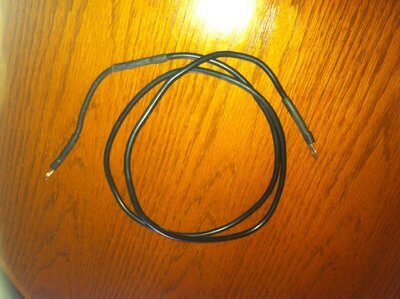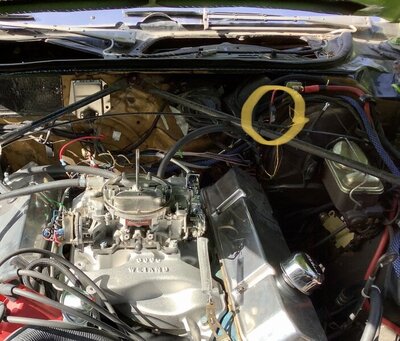Well, I can understand 8 guage wire up to starter relay stud. but as I told I wouldn't make the fuse link larger than 14.
Yes I know the "rule" about two guages smaller for the fuse link BUT the fuse link protects the power coming from batt not from alt. Stock batt wire is 10 gauge.
Aside on a short, the only source able to keep feeding is the batt, since the engine will likelly stall on a short, so the alt will stop feeding, while batt will be still there. Hence the reason why fuse link was originally designed to be on batt side, not on alt side, althought some changes were made on laters models, specially with shunted system ammeters.




















